Country #98 Territory # 137
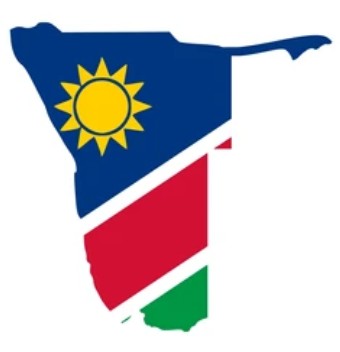
It has been a while since a new country got added (for me at least) but here we are, one more closer to the goal of 100.
Sitting in South West Africa Namibia is bordered by Angola, Zambia, Botswana, and South Africa.
Its capital and largest city is Windhoek and it is the driest country south of the Sahara.
Namibia is home to the world’s oldest desert (the Namib), which is known for its towering dunes, such as those at Sossusvlei. Namibia was the first country in the world to incorporate environmental protection into its constitution (receiving independence from South Africa in 1990).
Walvis Bay
Our entry to Namibia was via Walvis Bay which is the second largest city in Namibia covering about 29 square kilometres while with a population of around 100K, the bay provides the only deep water harbour in the country (being protected by the Pelican Point sand spit).

Walvis Bay is one of the driest cities on Earth – it has a very rare climate which is classified as ‘cold desert’ and receives only 13.2 millimetres of precipitation a year.
Arrival at port saw a few dancing girls and a lot of mining sized trucks and evidence of a pretty healthy (Chinese backed) petroleum industry. I did get to stare at some property development advertisements and found that for about $60K Australian you could but a 3 bedroom unit in a new estate.



The town itself is only a few kilometres wide with a very overt series of sand dunes barely being held back. It is easy to imaging that if left alone that this town would be swallowed by the dunes withing a very short period of time.

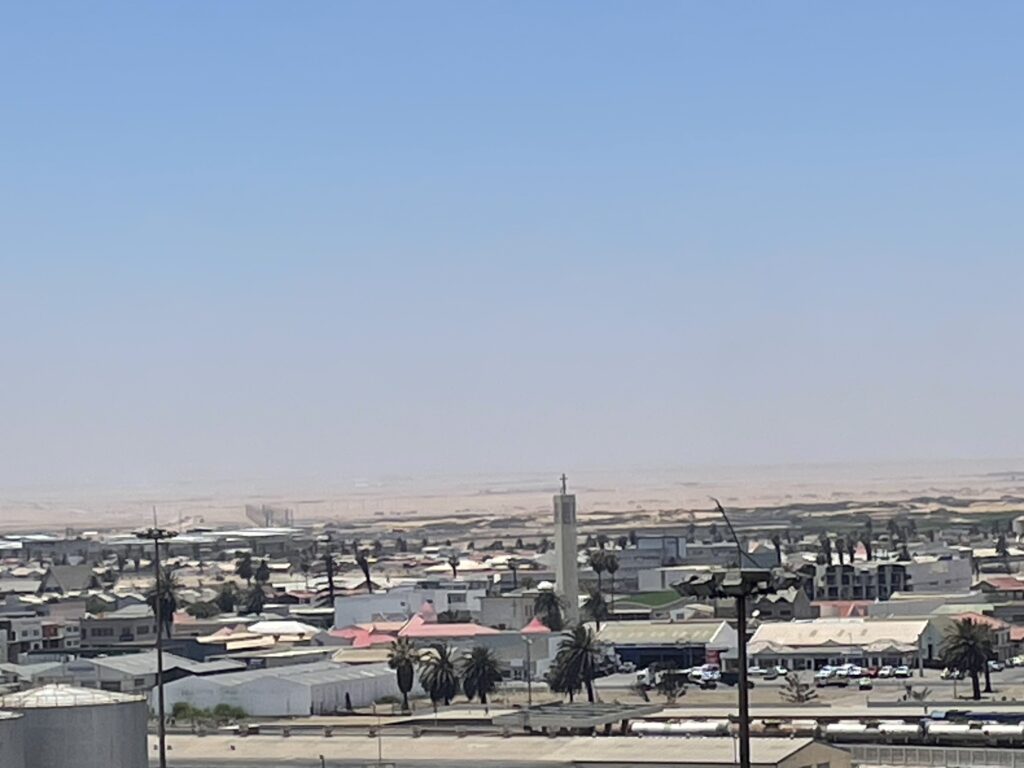
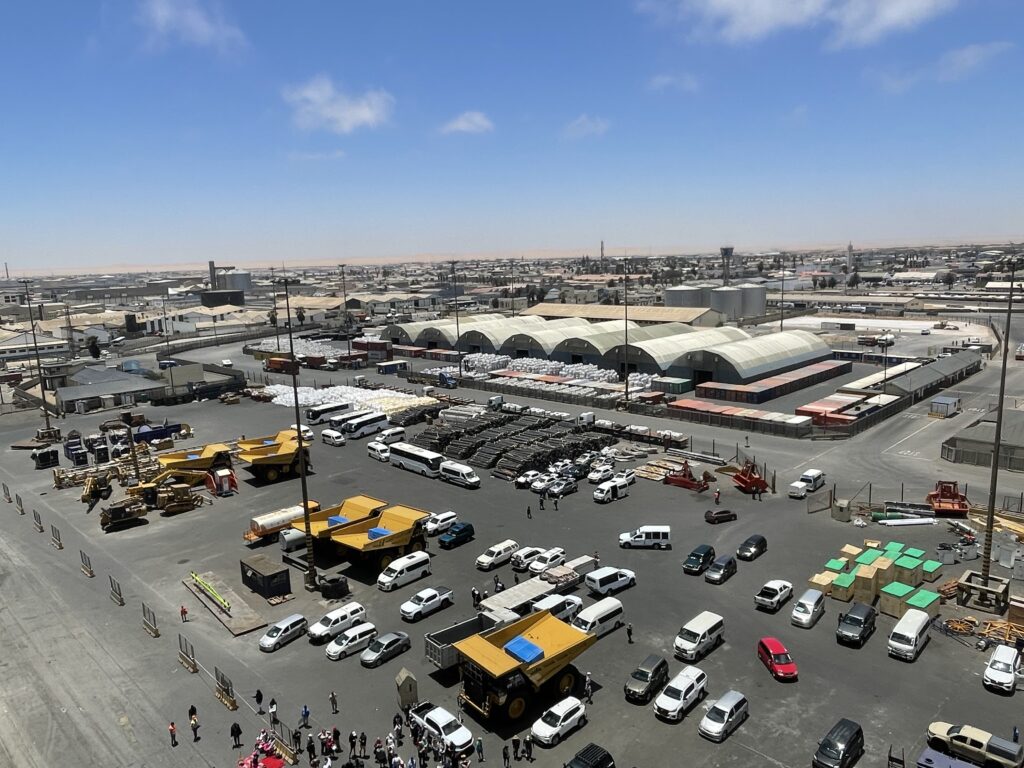
Our entry was less than auspicious with the cruise company offering a free shuttle bus to the local shopping mall. Namibia is clearly not high on the tourist market and the thought of catering to it revolved around a single stall in the middle isle of the mall. So off we went and were back almost within the hour.

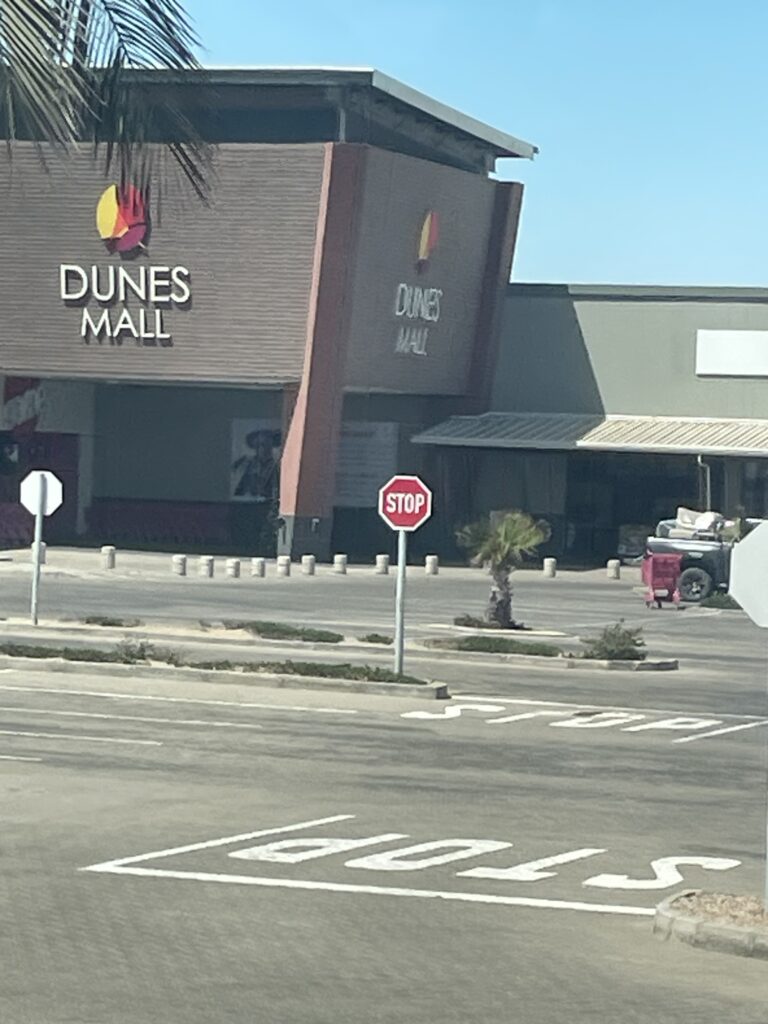
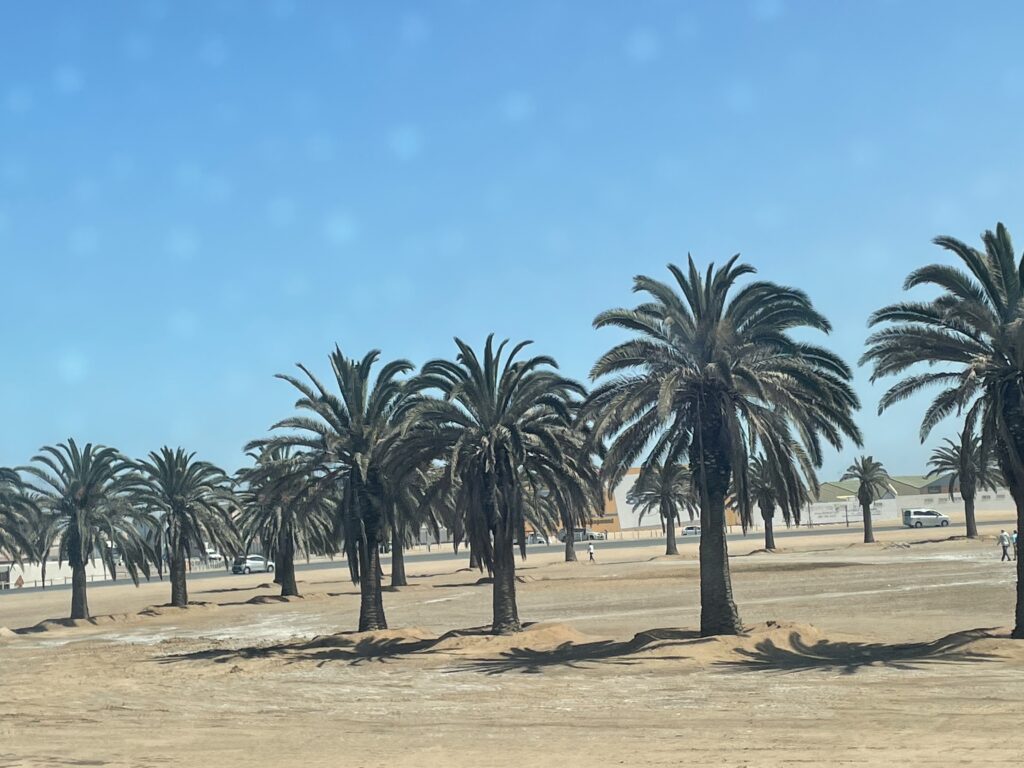
To be fair the mall didn’t totally suck, it was interesting to see the prices of every day items and the range of items that were available in what is a pretty remote part of the world. The meat products were cheap and abundant, while the fruit and vegetables did not share the same fate.
To say that Namibian males are slim is an understatement. This particularly rang true when we went into a menswear store and found sizes of pants (measured in inches) with numbers so low that they were almost single digit waist measurements. Safe to say I have not worn pants that size since primary school.
At this point we found ourselves (along with everyone else who had the same experience) negotiating with private 4WD operators holding up the same sandwich boards of desert tours.

All of the tours were virtually identical, but the prices varied greatly on your negotiation skills, interest, intent and belligerence. The main things to see in Namibia are the deserts. With limited time and being on the coast we were not able to explore the real highlights, but were only able to look at some sand dunes in the Namib Desert.
Just north and south of the township are some bays, one has flamingos, one has seals and in between are black tarmac roads keeping the two chunks of sand apart. As soon as you do even the slightest of turns off the tarmac you are immediately in the Namib Desert and surrounded by some major sand dunes. As you hug the coast, you get the views of some pretty big dunes and a nice ocean.




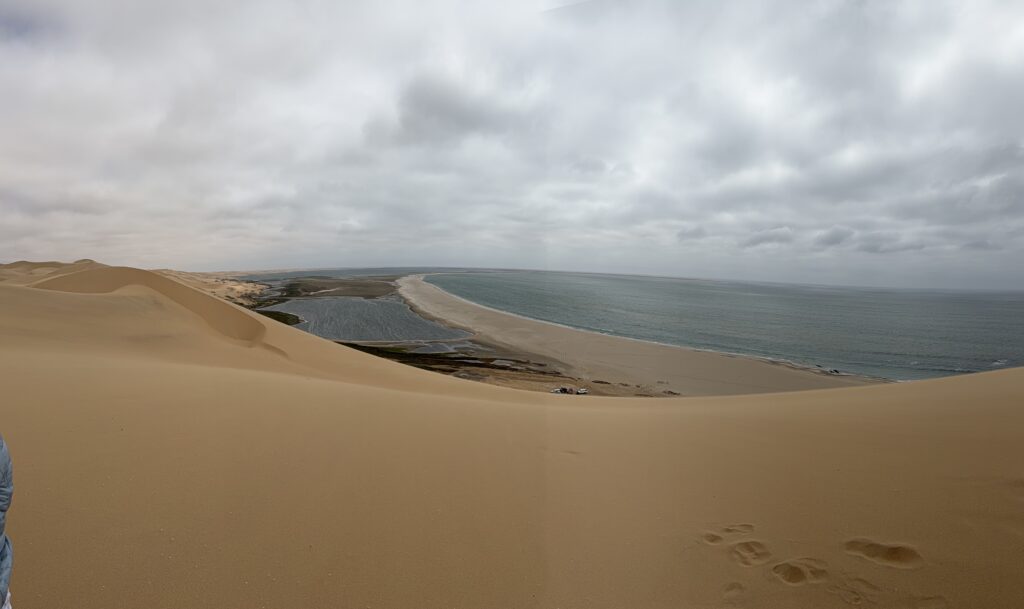
The bays had their obligatory seal and flamingo populations, but without getting on a kayak (something I do not do) you dont really get that close to the animals. A girl we had dinner with regularly did go kayaking and told stories of cutting off fishing gear from seals and even nursing a baby seal at one point.

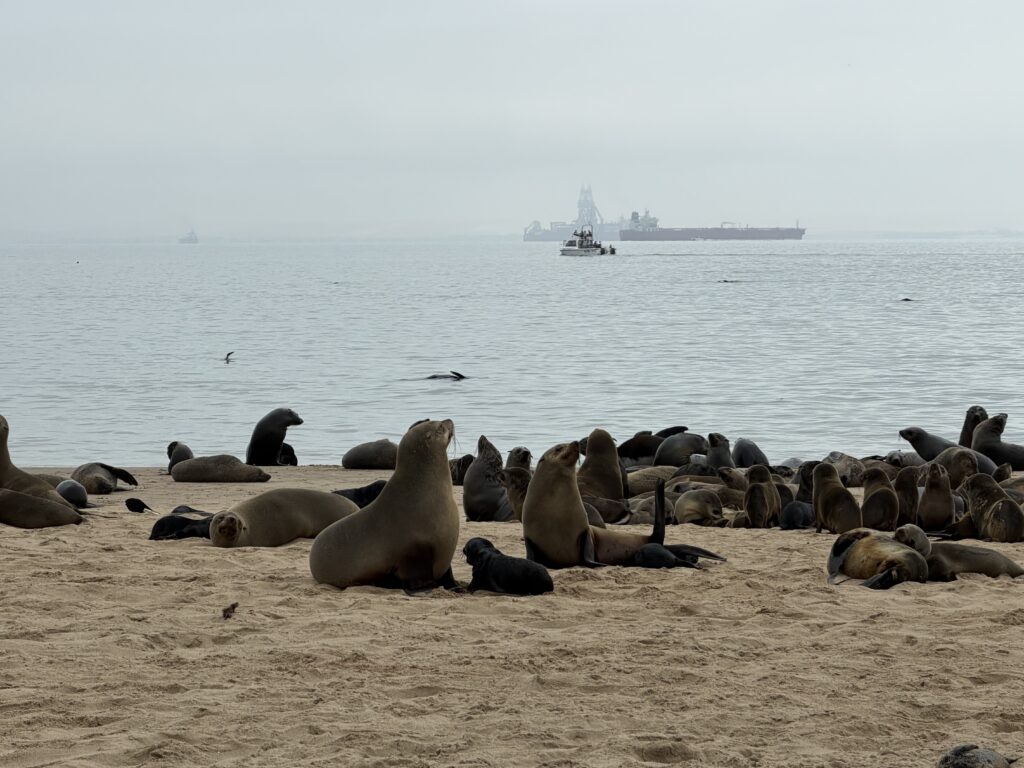
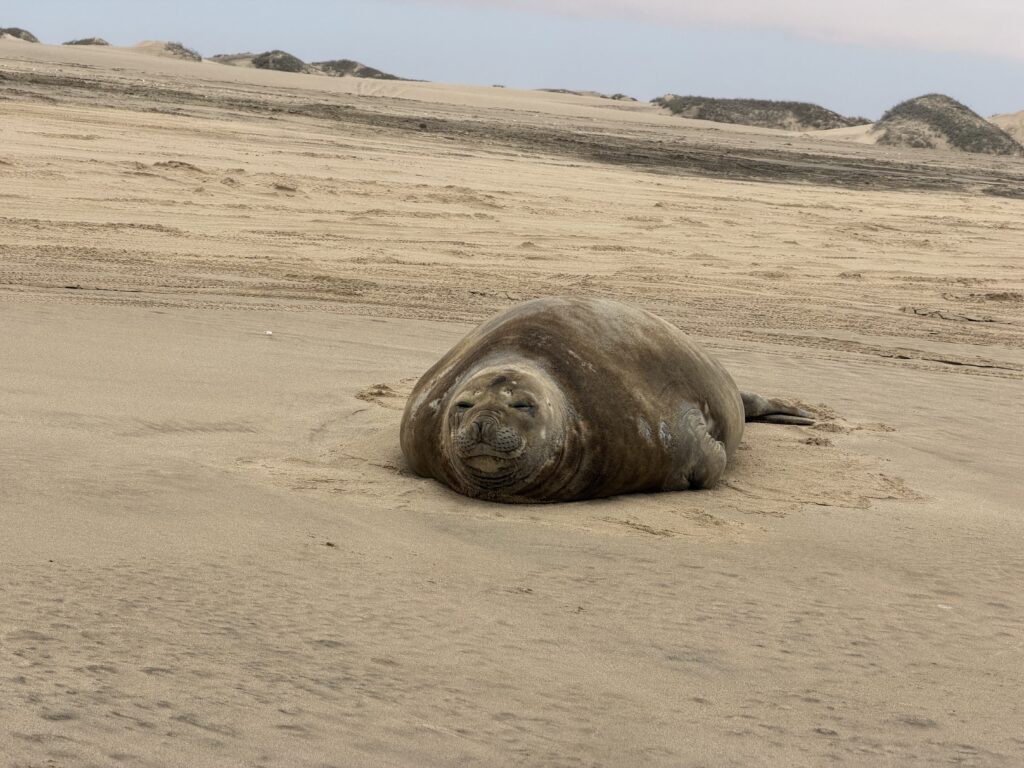
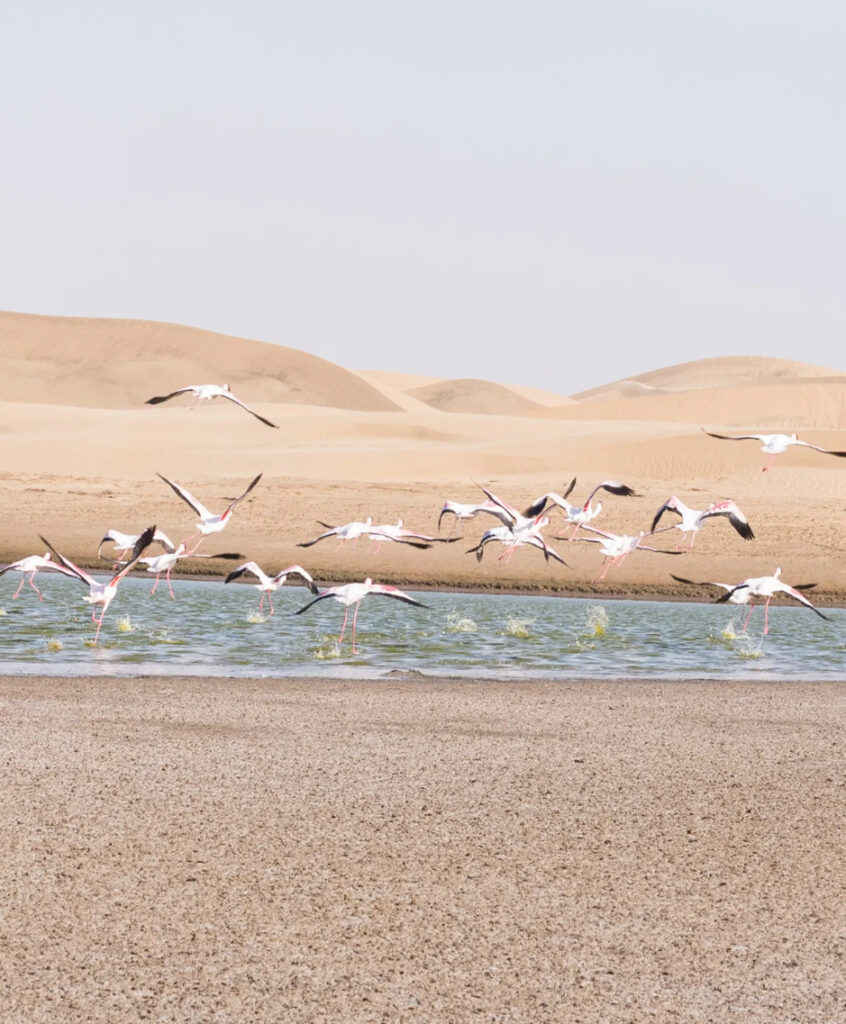
About 8km from town is a 5000 hectare saltworks that has been operating for more than 60 years thanks to the region’s arid climate and coastal winds, (ideal for evaporating seawater).




The real highlights are the Sossusvlei and the Deadvlei (almost 400km and 6 hrs away) – obviously too far away for us to have visited, but certainly worthy of coming back to. In doing my research I came across the site https://stingynomads.com that provided some great information (that I paraphrased from and stole a selection of photos for illustration only) of what we missed.
Sossusvlei
Sossusvlei sits in the Namib-Naukluft National Park is one of the most spectacular and best-known attractions in Southern Africa. The scenery is so incredible it makes anyone look like a professional photographer! The name Sossusvlei refers to a large area in the park including famous sites such as Dune 45, Deadvlei, Big Daddy.
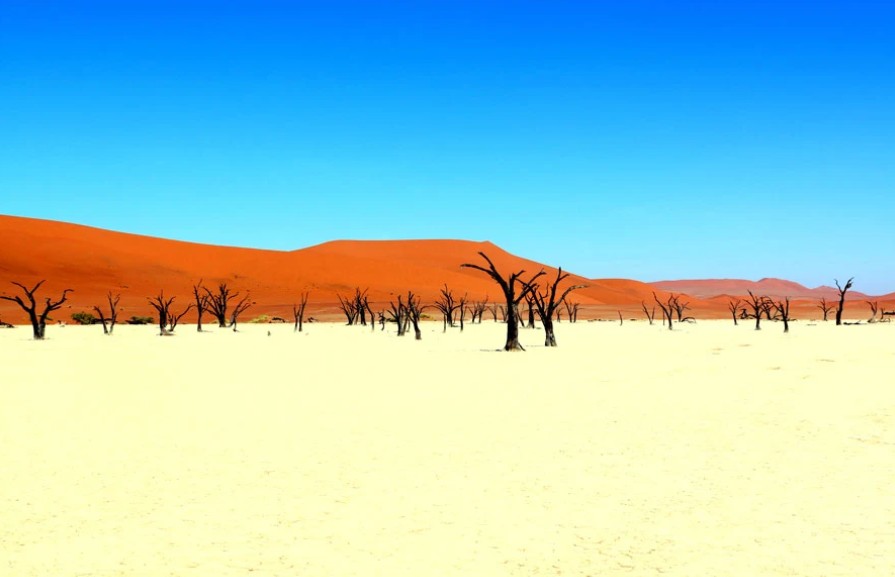
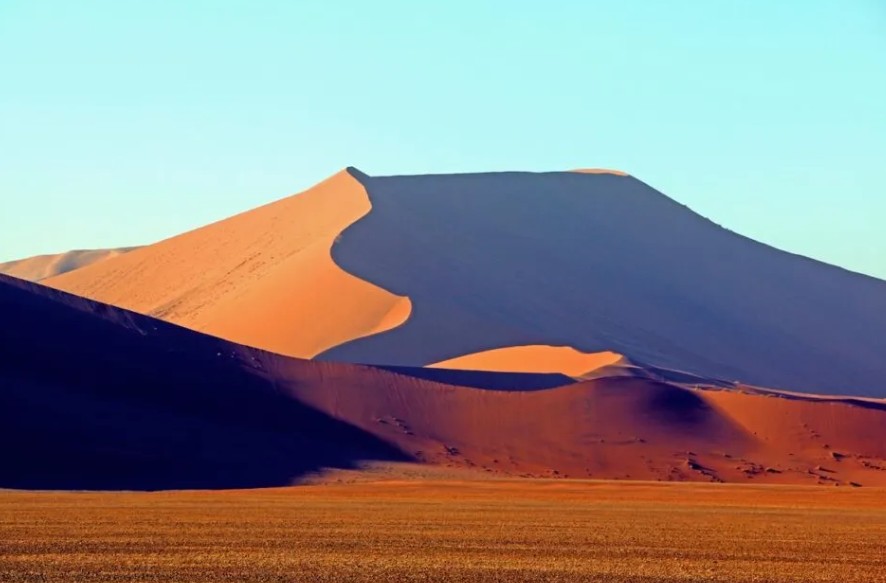
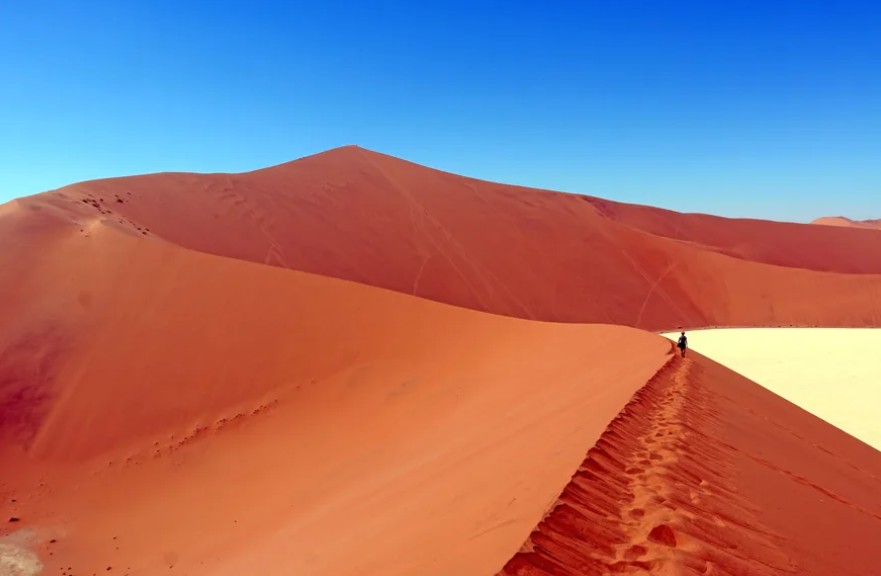
Big Daddy is the highest dune in the park. At 325 meters high, Big Daddy is the highest dune in Sossusvlei, but not the highest in Namib, the highest dune in the Namib desert is Dune 7 outside Swakopmund at about 388 meters high.
Deadvlei
Deadvlei is an area in the park that is mostly made up of a major clay/salt pan and dead trees. The pan was formed when the Tsauchab River flooded and the abundance of water allowed camel thorn trees to grow. However, the climate changed and the sand dunes encroached on the pan, blocking the river from reaching the area. The trees are estimated to be approximately 900 years old, however they have not decomposed due to the dry climate.

If you are into desert landscapes (which to be fair are seriously impressive) then there is much to explore in Namibia. Needless to say, the best way to explore these areas are with a 4WD and a bunch of camping gear. Jill and I were talking about it and while agreeing it was probably not a major destination country, but if you rolled it into a bit of a road trip then it was definitely worth a look.